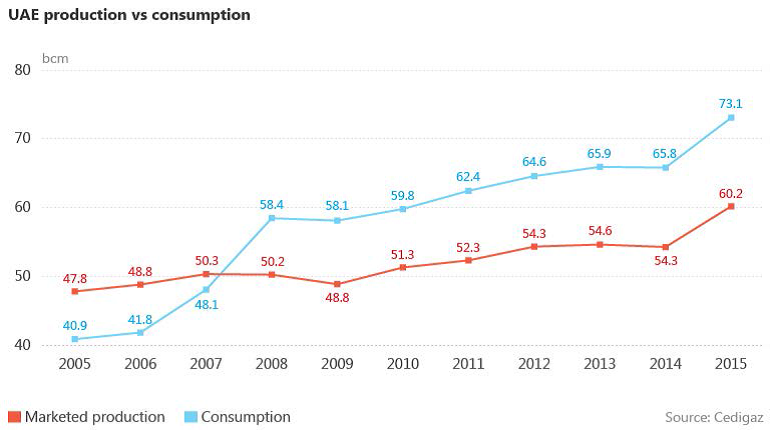Natural gas consumption grew 1.6% to 3528 bcm in 2016, according to CEDIGAZ, driven by multiple structural and temporary factors. This positive growth is similar to the previous year’s and also in line with Cedigaz short and medium-term natural gas demand forecasts.
These recent developments in natural gas demand illustrate the influence of mixed drivers. More affordable natural gas prices in 2016 have given a boost to natural gas and LNG demand in both industrialized (Europe) and emerging markets. In addition, colder than usual temperatures in the final months of 2016 in the main consuming markets had a strong upward effect on domestic gas sales. Reversely, moderate global economic activity, the decline in energy intensity, weak electricity demand in OECD markets and the strong expansion of renewables are still weakening gas demand growth. If we set climate effects aside, it can be noted that the expansion of natural gas demand has remained below the historical average. In the first three quarters of 2016, it increased at an estimated rate of only 0.5%, relative to the same period of the previous year.

